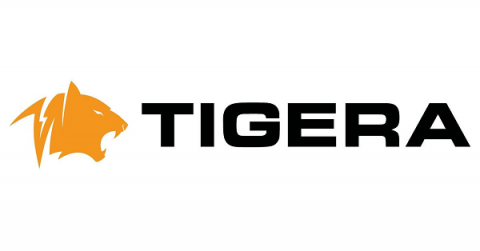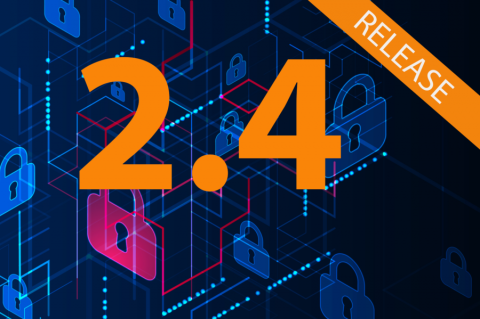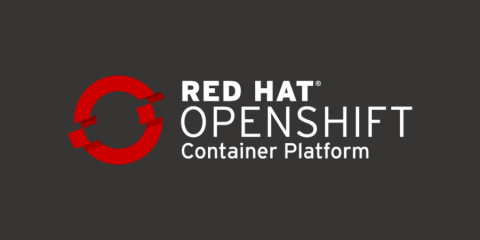Containerized Air Gapped Edge Platform Architecture
An emerging use case for containerized platforms has been the ability to deploy applications in what is termed as an air-gapped deployment. This deployment pattern is particularly pronounced around edge computing (more on that later in the blog series) – though there exist significant differences between edge clusters and air-gapped deployments. Air-gapped applications are those that run isolated from datacenter or internet connectivity.





